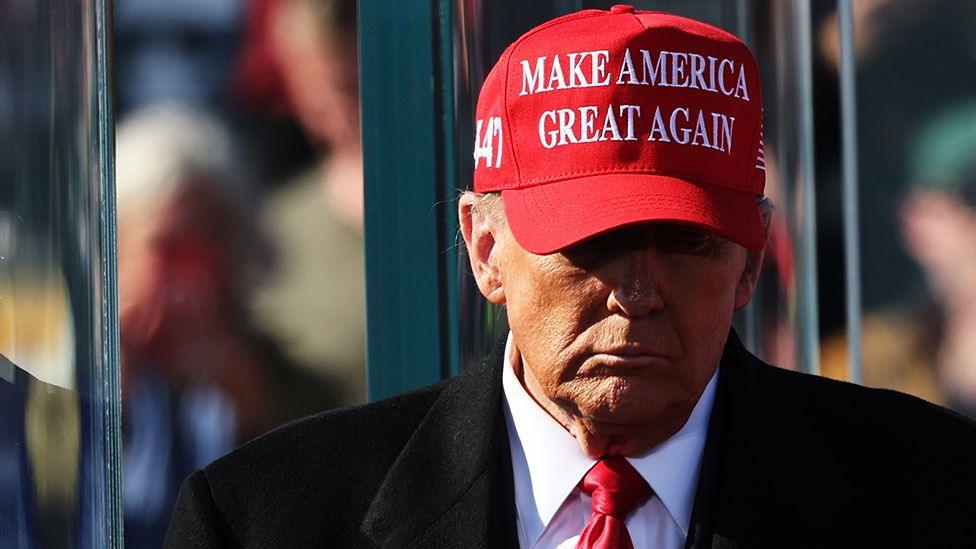Five things to watch as Congress begins a new year
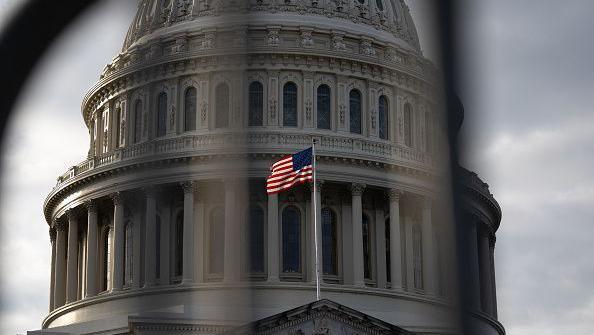
- Published
Lawmakers from around the US have travelled to the US Capitol to kick off a new Congress, marking a new era in Washington DC politics.
The 119th Congress, with Republican majorities in both the US House of Representatives and the Senate, was sworn in on Friday.
The Republican trifecta - control of the House, Senate and White House - will be complete when President-elect Donald Trump returns to office later this month. The US hasn't seen unified control of all three branches of government since 2017, when Trump was last in office.
Republicans are eager to get started on an ambitious to-do list, but things may not come easy - and their majorities in both chambers of Congress leave little room for disagreement.
Here are five things worth watching as the new session of Congress begins:
1. A Republican trifecta, but barely
Republicans may have the majority in the House, but not by much, and on the first day of the new session they faced an early unity test while trying to select their next speaker - the leader of the chamber.
Despite an endorsement from Trump, incumbent speaker Mike Johnson faced opposition from several members within his caucus.
The House cannot certify election results or pass laws without a speaker, raising concerns that intense negotiations would be necessary to find his successor before any business can be done.
In 2023, it took 15 rounds of votes and four days for Kevin McCarthy to win the speakership.
Johnson knew that he could only afford to lose support from two Republicans in the House, given how small the party's majority is in the chamber.
He went into Friday's vote with one hard "no" from Congressman Thomas Massie of Kentucky, and several other colleagues who declared themselves undecided.
The Republican Party was left with a five-seat majority when the final House races were called in the 2024 election. But that has shrunk after Trump tapped several House members to serve in his administration.
"Do the math," Johnson said during an early December press conference. "We have nothing to spare."
Despite concerns about inter-party rebellion, Johnson was re-elected in only one round of voting after direct lobbying from Trump, who reportedly called the Republican hold-outs to convince them to back Johnson.
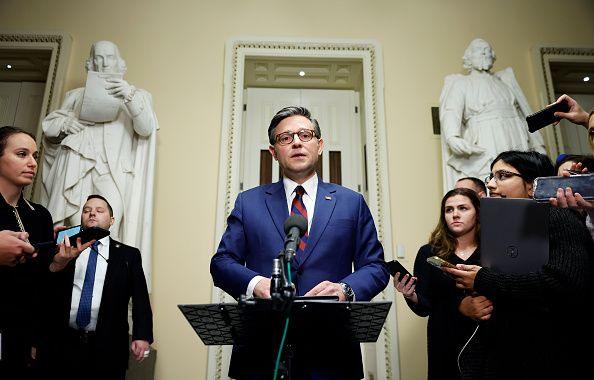
2. Confirming cabinet appointments
In the Senate, lawmakers have already selected their majority leader: South Dakota Senator John Thune won an internal Republican Party vote.
This means senators can move to official business on Friday, but they will face challenges in other ways. Lawmakers are scheduled to begin a string of confirmation hearings for some of Trump's controversial cabinet appointees.
The Senate must sign off on some 1,200 appointments for the new president's administration, but some will come with the tense hearings that attract public attention. They'll first appear before a Senate committee and answer questions, before the full chamber votes.
The nominees include Trump's pick for defence secretary, Pete Hegseth, who faces sexual assault allegations from 2017 which he denies, as well as his pick for health and human services secretary, Robert F Kennedy Jr, who is a vaccine sceptic with a history of spreading misinformation.
Trump's picks were seen making their rounds on Capitol Hill last month to win over Republican senators. But nominees will have to appear before bipartisan committees - meaning the hearings could get heated as senators from both parties use their platform to address criticisms and grievances.
However, the Senate could choose to expedite confirmation hearings from some national security nominees - following a New Year terror attack in New Orleans that left 14 dead and an explosion of a vehicle outside a Trump hotel in Las Vegas.
"The US Senate must confirm President Trump's national security team as soon as possible. Lives depend on it," Wyoming Senator John Barrasso wrote in a post on X.
A nomination that clears a committee typically does not face opposition on the full Senate floor, but given some of the initial backlash over Trump's picks, the path to confirmation may be bumpy.
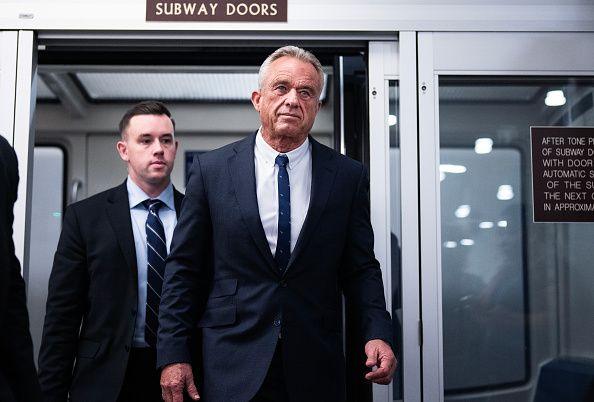
3. A move on taxes
One item that rises to the top of the legislative to-do list for Congress is addressing Trump's Tax Cuts and Jobs Act of 2017, which expires in 2025.
The 2017 legislation - which passed at a time when Republicans controlled both the House and Senate - involved a $1.5tn (£1.2tn) overhaul of the tax code, changed tax brackets and lowered tax rates for most taxpayers.
It marked the biggest tax overhaul in decades. The largest cuts went to businesses and the wealthy, which Democrats have called to reverse.
Trump campaigned on the economy - vowing to extend tax cuts, further slash corporate taxes, and eliminate tax on tips, overtime pay and Social Security income.
How Congress gets it done - an extension of the 2017 bill, a combination of old and new legislation or by other means - is up in the air.
Keeping provisions from the 2017 tax cuts would add an estimated $4tn to the deficit over the next decade, according to the Congressional Budget Office. This may not sit well with many hard-line Republicans who are adamantly opposed to increasing the nation's debt.
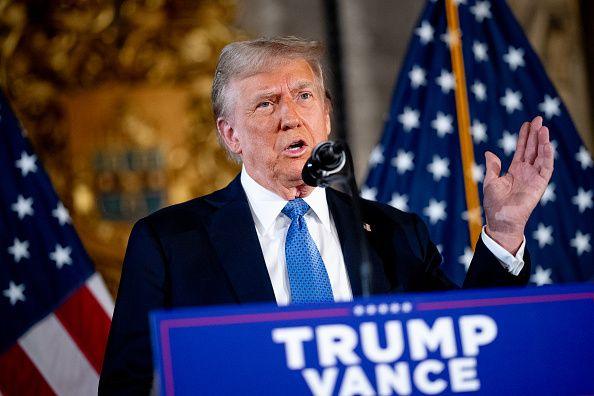
4. Other Republican policy wins
Expect to see legislation move on several key Republican priorities, ranging from curbing illegal immigration to cutting government regulations.
There could be proposals to reduce military aid to Ukraine, impose new tariffs, cut spending for clean energy and enhance border security.
In a November press conference, Johnson outlined a Republican agenda that aimed to reduce inflation, secure borders, restore the country's energy dominance, implement "education freedom" and "drain the swamp".
Lawmakers will also have to address the debt ceiling - the total amount the US can borrow to meet its obligations. The issue already popped up at the end of 2024 when lawmakers faced a government shutdown.
Trump demanded that lawmakers raise or even suspend the debt limit in any spending deal, but the provision was dropped from the final version of the bill that passed in both chambers.
It is possible several priorities may be combined in what is known as a reconciliation bill, which allows Congress to pass a bill on taxes, spending and the debt limit with just a majority. This method avoids the possibility of a filibuster in the Senate, in which opposing lawmakers could delay or even derail a vote.
However they choose to approach it, lawmakers may be spending more face-time on Capitol Hill to tackle their priorities in the next session.
Incoming Senate Majority Leader John Thune has scheduled notably more days and weeks for the Senate - including working days on Mondays and Fridays, which traditionally have been considered travel days.

5. New players in the game
The end of the last Congress offered a glimpse at the influence that Trump and his allies have on the congressional agenda.
Tech billionaire Elon Musk, who has been tasked with advising the Trump administration on cuts to government spending, posted dozens of times on his social media platform X to condemn a spending deal Johnson spearheaded with Democrats to avert a government shutdown.
Trump and Vice President-elect JD Vance joined in, and the bill was squashed.
Both Trump and Musk threatened to withhold funding and endorsements from sitting Republicans who supported the bipartisan spending bill, raising the question of how much sway they will have over the legislative agenda.
Musk and pharmaceutical entrepreneur Vivek Ramaswamy could have more opportunities to weigh in. The pair will be co-leading a newly-formed advisory committee focused on cuts to regulations and spending.
On the other side of the aisle, Democrats are re-grouping, with hopes to win back the House during the 2026 midterm elections. Expect to see centre-left lawmakers vying for influence.
Groups within the party all hope to shape its future - such as the Problem Solvers Caucus, a group of lawmakers focused on advancing bipartisan legislation; the Blue Dog Coalition, a group of centrist Democrats; and the centre-left, "pragmatic" New Democrat Coalition.
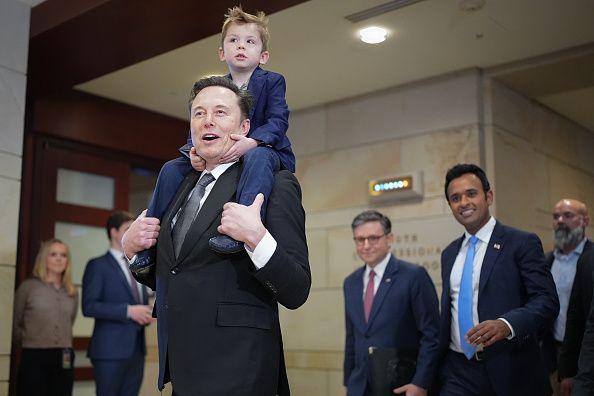
Related topics
- Published29 January
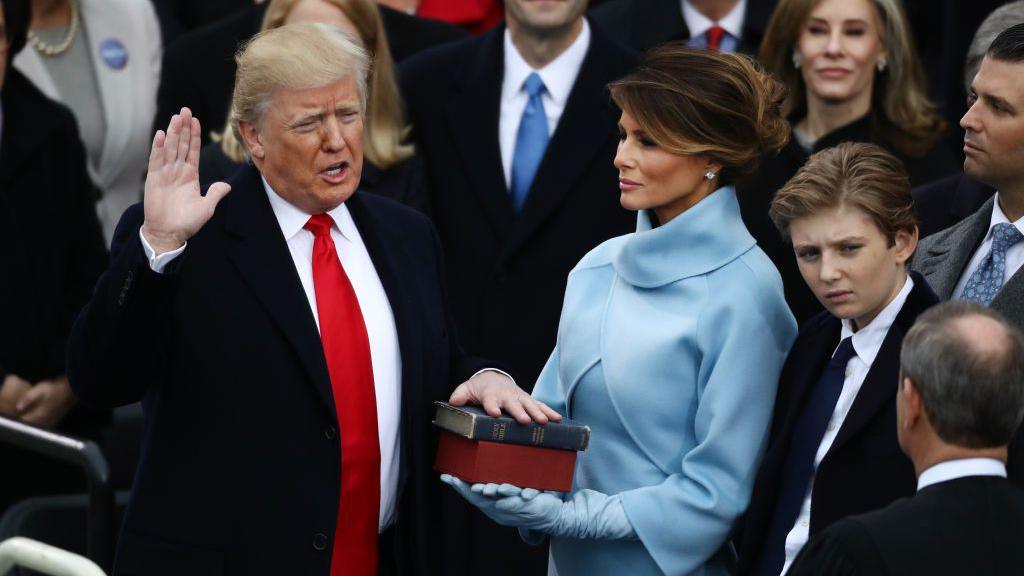
- Published7 January
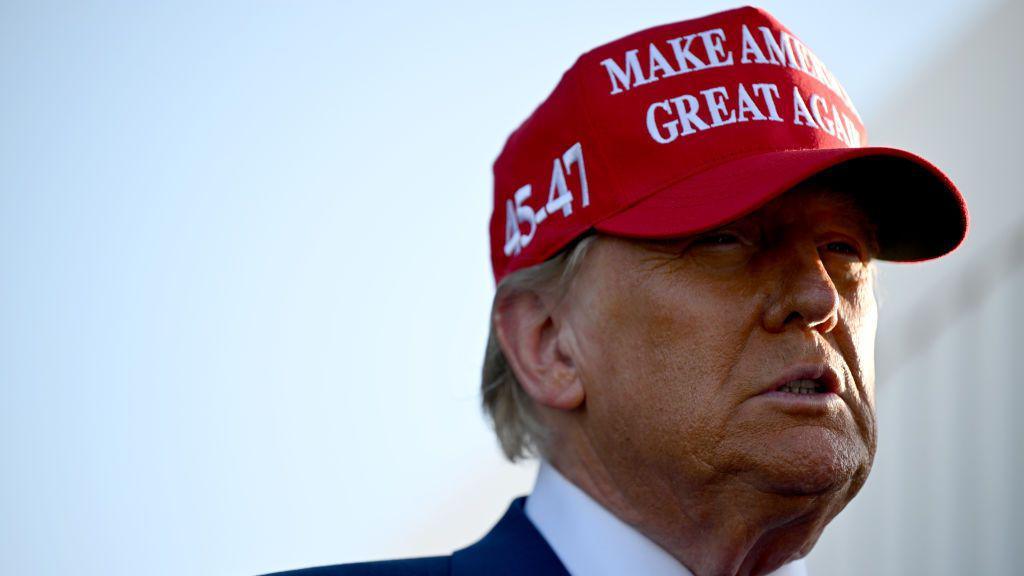
- Published6 November 2024
